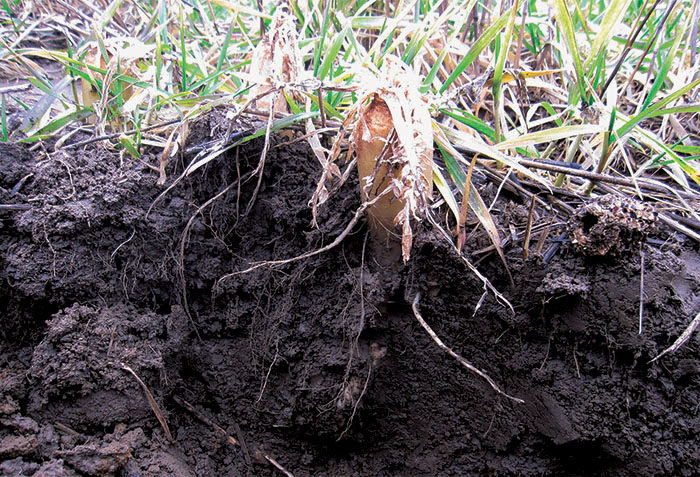No-Till Farmer
Get full access NOW to the most comprehensive, powerful and easy-to-use online resource for no-tillage practices. Just one good idea will pay for your subscription hundreds of times over.

It’s kind of a “chicken or the egg” question: Which comes first, soil health or earthworms?
It’s probably not that simple. The answers typically include moving less soil, avoiding compaction, increasing microbial diversity and keeping living roots in the soil all year.
“If you want earthworms and quality soils in the Midwest, your management plan will work around conservation tillage, controlled traffic, cover crops and drainage,” Frank Gibbs, a soil scientist and owner of Wetland & Soil Consulting Services in Rawson, Ohio, told attendees at the National No-Tillage Conference.
Now retired after a 36-year career with the NRCS, Gibbs has worked mostly in the tight, clay soils in northwest Ohio, where he also happens to be a fifth-generation farmer.
“On our farm, when we used to work the ground, it would flood after a heavy rain. The swale would fill with water and everything would drown out and just lay there for days,” he says. “As soon as we went to no-till, that water didn’t pond there for days. It moved into the ground.”
Gibbs says that getting water to infiltrate soils takes more than intensive tiling. It’s building up the soil structure so the water can filter through it, and less tillage equals greater infiltration.
“We want to have a nice granular soil structure on the surface and in high clay soils, we want to have a nice blocky structure in the subsoil. We want to avoid plates and prism-type soil structures. That way, we can…